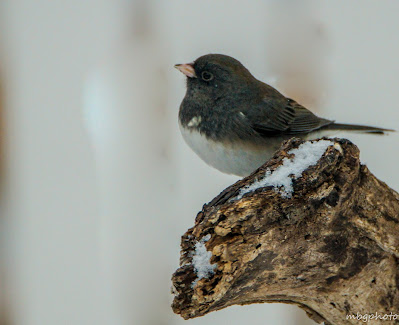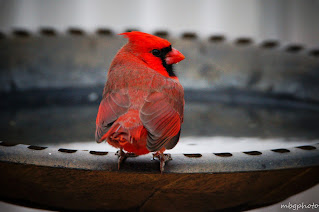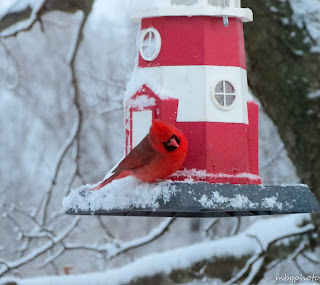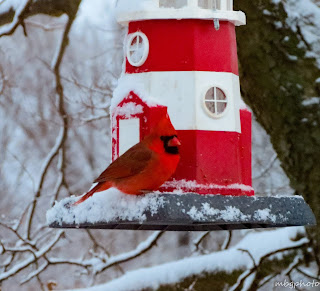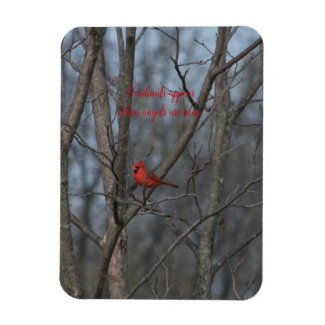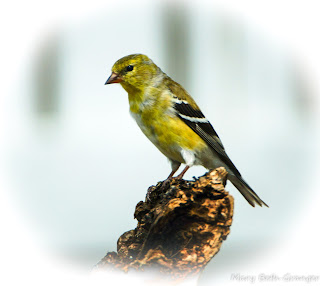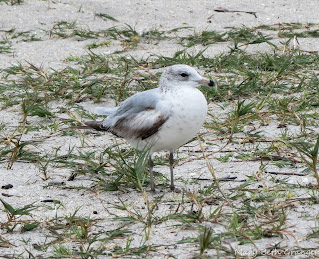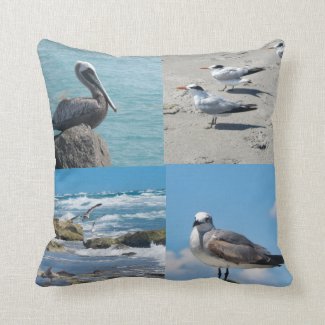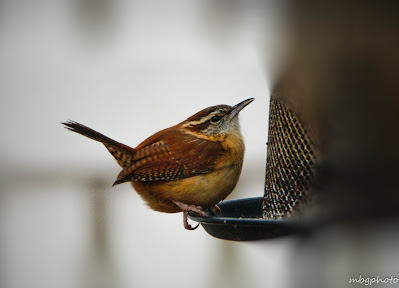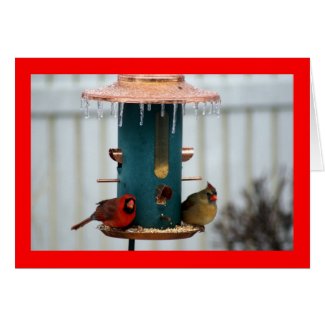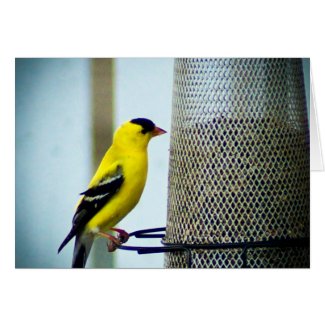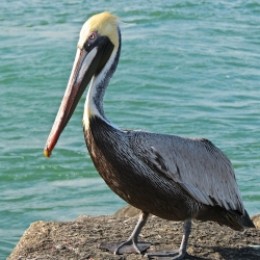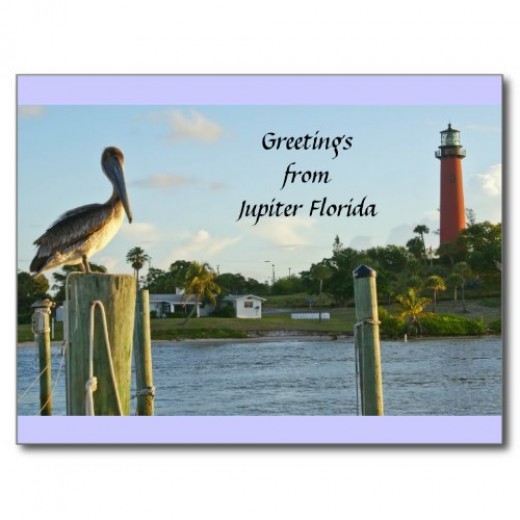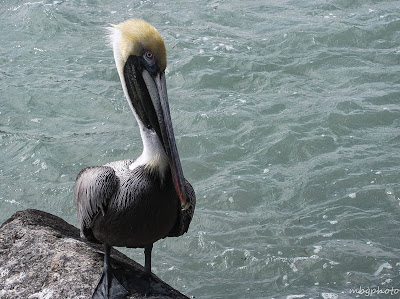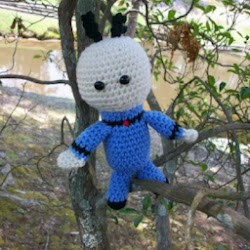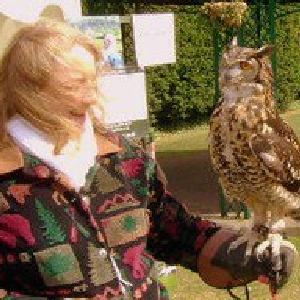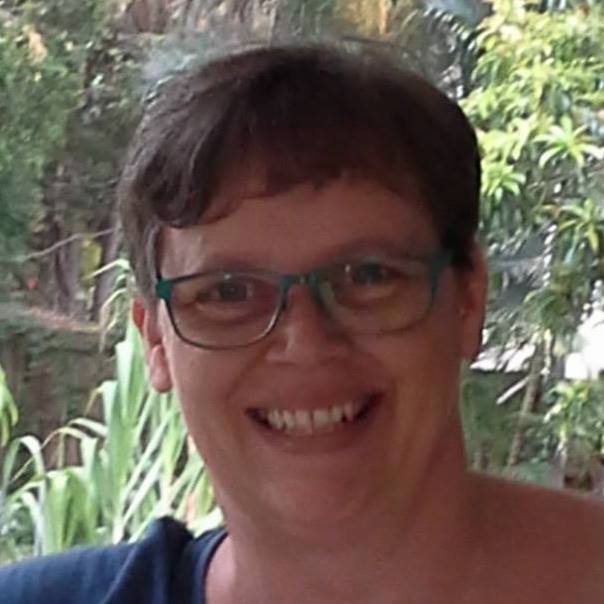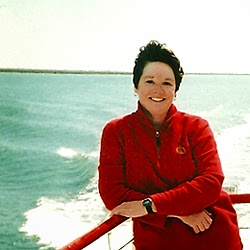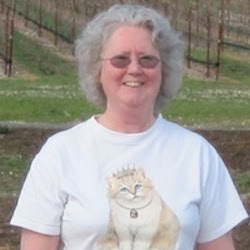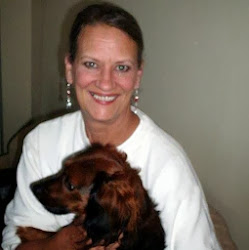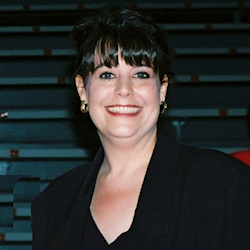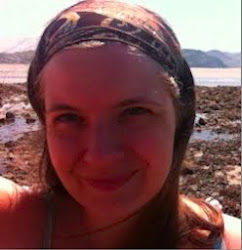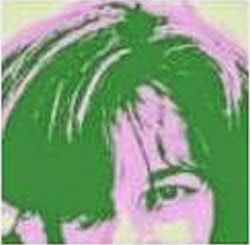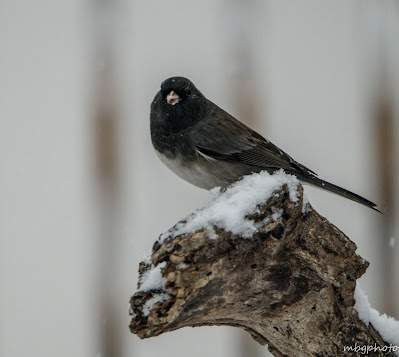 |
| Snow Bird |
Identifying the Dark Eyed Junco
- Slate Colored mostly grey with white belly
- Medium Sized Sparrow
- Round Head
- Small pale bill
- Prominent white outer tail feathers
There are other Junco's in North America whose coloring varies across the continent but all are a dark grey or brown and have white outer tail feathers the flash open in flight. In the western US Junco's have a dark hood and a brown back. These are called the "Oregon Junco"
The Dark Eyed Junco that I show in this article are found throughout Canada and in the eastern US. I live in eastern Missouri and they are plentiful in my backyard.
Feeding Behavior
These birds feed primarily by hopping around the base of trees and shrubs looking for fallen seeds. In the spring and summer they will eat mainly insects.
In my back yard they usually are found beneath the feeders picking up seeds that have fallen when other birds have been at the feeders. Here is a photo taken on a snowy morning when two Junco's decided to stop at a feeder. The ground was covered with snow and there weren't any other birds around to knock food off the feeders so they had to go get their own. Later in the day when more other types of birds were around they were again on the ground pecking away at fallen seeds.
In my back yard they usually are found beneath the feeders picking up seeds that have fallen when other birds have been at the feeders. Here is a photo taken on a snowy morning when two Junco's decided to stop at a feeder. The ground was covered with snow and there weren't any other birds around to knock food off the feeders so they had to go get their own. Later in the day when more other types of birds were around they were again on the ground pecking away at fallen seeds.
Breeding Behavior
In order to court the females the males will fan and flicker their tail feather and hop up and down. The males and females will make a nest together and they defend their territory together. The male however is a bit fickle and is known to mate with several females.
The females usually have between 3-5 eggs at a time and they are incubated by the female for 12-13 days. The baby birds are ready to leave their nest in 9-13 days.
The females usually have between 3-5 eggs at a time and they are incubated by the female for 12-13 days. The baby birds are ready to leave their nest in 9-13 days.
Habitat
Junco's are ground nesters and prefer to make their nest on the ground sheltered by either dense shrubs or rocks. Their nest is an open cup made of fine twigs, rootlets and leaves.
References
- Cornell Lab of Ornithology online
- Backyard Guide to the Birds of North America by Jonathan Alderfer and Paul Hess
Note: The author may receive a commission from purchases made using links found in this article. “As an Amazon Associate, Ebay (EPN) and/or Esty (Awin) Affiliate, I (we) earn from qualifying purchases.”



